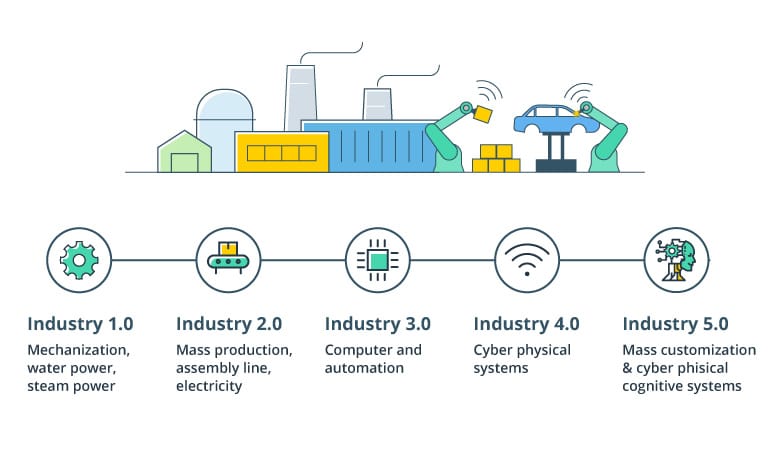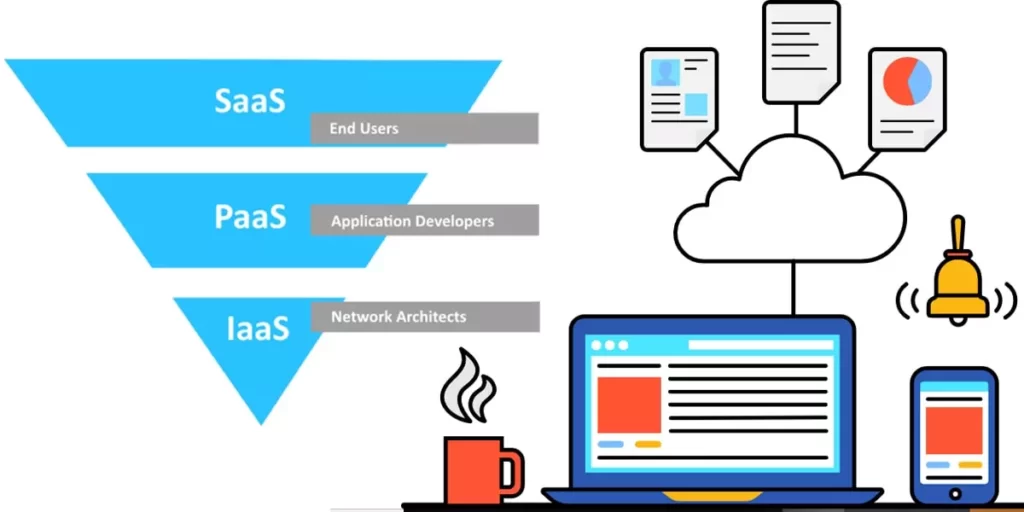Industrial Revolution(5.0 Key Elements)

What is Industry 5.0:
People working alongside robots and smart machines are referred to as Industry 5.0. It is about robots assisting humans in performing better and faster tasks by utilising advanced technologies such as the Internet of Things (IoT) and big data. It gives the Industry 4.0 pillars of automation and efficiency a personal human touch.
- Human-Centric design for industry & Society.
- Focus on environmental and social sustainability.
- Mission Driven companies over profit-driven.
- Widespread use of the metaverse.
Key Elements of Industry 5.0:
100% of Companies are Mission-Driven and Values-Based
Robotics and Automation Complement human and do not overtake them
Environmental, Political and Social Sustainability at the forefront of Design
Humans are working more creative jobs and less monotonous and dangerous jobs
Humans are working fewer hours and may not need to work at all
Virtual Reality technology will create a new economy in the metaverse
Powered by the widespread implementation of industry 4.0 Manufacturing
Whether you ready or not, Industry 5.0 has arrived. While many manufacturers are still working on ways to connect new technologies to improve efficiency and productivity — the guiding principle behind Industry 4.0 — the next phase of industrialization has already begun.
Robots have traditionally performed dangerous, monotonous, or physically demanding work in manufacturing environments, such as welding and painting in car factories and loading and unloading heavy materials in warehouses. As machines become smarter and more connected in the workplace, Industry 5.0 aims to combine cognitive computing capabilities with human intelligence and resourcefulness in collaborative operations.
The combination of human and machine workers opens up a wide range of opportunities in manufacturing. And, because Industry 5.0 use cases are still in their early stages, manufacturers should be actively strategizing ways to integrate human and machine workers in order to maximise the unique benefits that can be reaped as the movement evolves.

Join our news Letter
- Revolutionizing Parking Management A Real-Time Example
- The Importance of Regular Application Maintenance
- Logistics Software Solutions and Software Development
- Software Development Services for SMEs
- How Does IoT Aid Businesses in a Variety of Industries
- But what exactly is IoT – What does it mean for manufacturers – How can you use IoT to improve your business
- How to outsource custom software development Services
- 5 Reasons Why You Need To Outsource Software Development
- Why You Need A Cloud Strategy
- The Cloud Is Changing Everything, Here’s How To Make It Work For Your Business


















